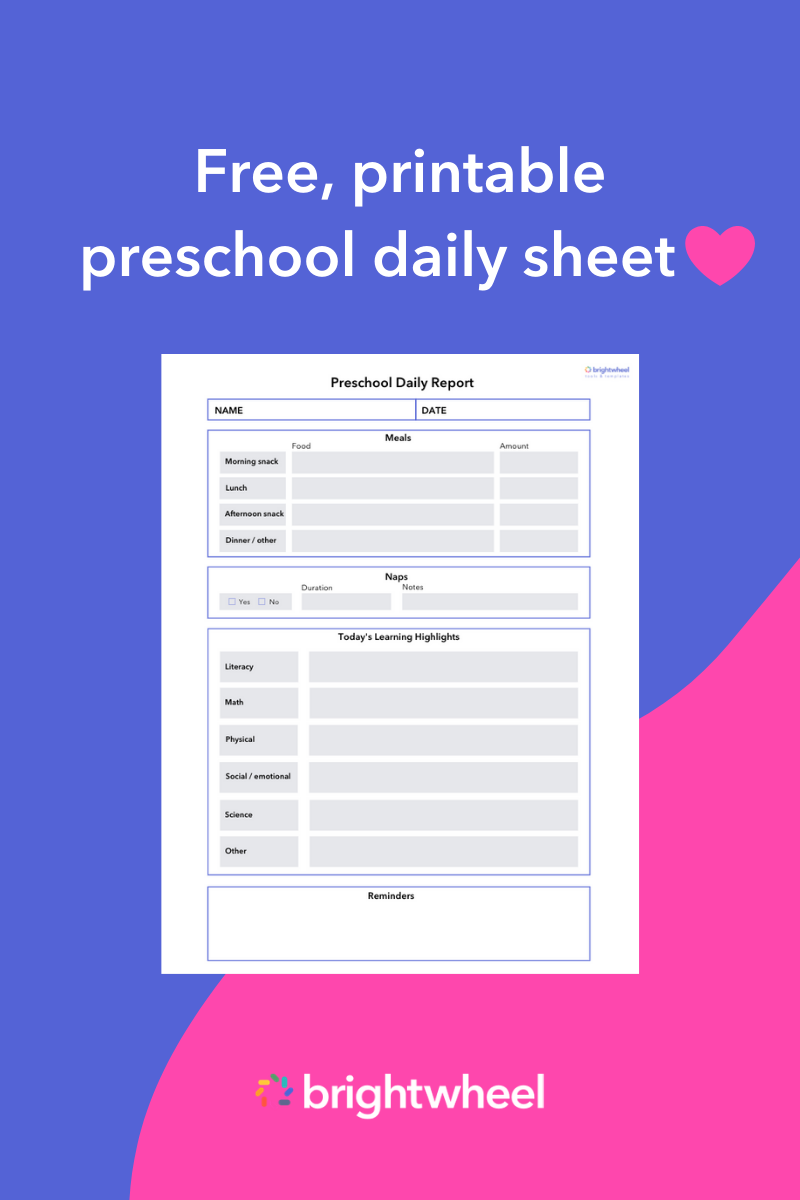
A behavior chart is a reward system that uses checklists or stickers to encourage a particular behavior in a child. You can use behavior charts to track your child’s responsibilities, reward them for completing chores, or reinforce a specific behavior.
Behavior charts are meant to teach children to be responsible and accountable, but there are some drawbacks to keep in mind when using them.
Chore charts
Completing chores can increase children’s self-confidence and teach them responsibility. A chore chart is a behavior chart that lists a child’s daily chores and includes boxes that children can check off when they have completed a chore.
As children complete their daily chores and check off tasks on the chart, they can gain a sense of completion and satisfaction, increasing self-confidence. Chore charts can also help children hold themselves accountable for their chores, which teaches them responsibility and independence.
Reward charts
A reward chart, or sticker chart, is another behavior chart where a child can earn stickers or stars for positive behavior, such as going to bed on time or brushing their teeth. Once the child has earned a certain number of stickers, they receive a tangible reward. The idea behind these charts is to encourage positive behavior, as rewarded behaviors are more likely to be repeated.
Benefits of behavior charts
Behavior charts can be one effective preschool behavior management strategy.
- Teaches children independence and accountability: Chore charts can help children take accountability for their chores. Creating a list of your children’s daily and weekly chores and prominently displaying it will remind them of their responsibilities and help them prioritize completing them.
- Helps children track their behavior visually: Behavior charts give children a visual representation of their behavior and responsibilities. Displaying this information in a visual, easy-to-understand chart can provide guidance and help set clear expectations.
Disadvantages of behavior charts
While behavior charts can instill some positive traits, they aren't right for every situation and there are some drawbacks to consider.
- Undermines the development of intrinsic motivation: Rewarding children for completing tasks makes it difficult for them to develop intrinsic motivation, which is the desire to complete a task without receiving an external reward.
- Teaches children to expect a reward in exchange for a certain behavior: When children are given rewards as an incentive to complete tasks, they learn to expect rewards every time they complete a task or perform a positive behavior, which makes them less likely to complete tasks for which they won’t receive rewards.
Use behavior charts strategically
Behavior charts can encourage positive behaviors and teach children to be independent and take accountability for their actions. However, they may also cause children to constantly expect a reward for their behavior, making it difficult to motivate them when they’re no longer being rewarded. Use behavior charts strategically to motivate children to complete bigger chores or ones they have to complete occasionally, and consider phasing out the charts once they’ve mastered a certain behavior.
As you implement a behavior chart, there are additional ways to motivate your children to complete their chores and exhibit positive behavior. To introduce a chore you’d like your child to complete, start by doing it together until your child can do it independently. Be clear about each person’s responsibilities, including when and how often they should be done. Share the importance of each task or chore, and show an interest in how they’re doing. And don’t forget to praise positive behavior. A simple “great job” or “thank you for your help” can motivate young children as they develop positive habits.
The best way to get the most use out of your behavior charts is to start with chores and behaviors that are age-appropriate. Children can get bored by chores that are too easy and frustrated by chores that are too complex.
Examples of when you might use a behavior chart for young children include:
Potty training
Potty training is a great behavior to track for young children. You can guide their behavior in multiple ways as they transition from diapers to the toilet. For example, you might use the chart to focus on the larger task of using the potty or the individual milestones needed for using the bathroom. Examples that you can track on a chart include:
- I said that I needed to use the potty
- I pulled my pants down by myself
- I sat on the potty
- I used the potty
- I wiped myself
- I washed my hands
Potty training is a huge milestone for young children. Don’t be afraid to give them a lot of praise and even rewards. Everyone eventually learns how to do this on their own, so you don’t have to worry too much about whether they have intrinsic motivation for this behavior.
Sharing a toy
Sharing is a social developmental milestone for children. Not only can it help them make friends, but it teaches them to compromise, negotiate, and cope with disappointment. Depending on their age, infants and toddlers are unlikely to share their toys because they don’t know how to share yet and haven’t learned how to consider the feelings or wishes of other people.
Sharing a toy is a great way to put use to a single behavior chart. Anytime you see your child share, have them place a sticker on the chart. For younger children, use a chart that allows them to fill up a page to signify that their goal was reached.
Creating a bedtime routine
You can also use behavior charts for tracking multiple behaviors at once. Ideally, these behaviors are the steps to a bigger process and will guide your children through accomplishing the desired behavior.
For example, to help your child create a bedtime routine, first create a list of behaviors you want them to associate with bedtime. You might want them to:
- Put away their toys
- Take a bath
- Put on their pajamas
- Brush their teeth
- Get in bed
- Read a bedtime story
Although this is a routine for your children, you’ll be there helping them and championing them along the way. Taking a bath and reading a bedtime story are two tasks you should be involved in; however, you can give your child independence and autonomy in putting their toys away, choosing their pajamas, and brushing their teeth.
Printable behavior chart templates
Behavior chart template for tracking multiple behaviors: This free printable behavior chart by Empowering Parents tracks multiple behaviors at once. You can use this chart to keep track of multiple tasks in a child’s morning, after-school, or bedtime routine.
Weekly picture chore chart: This chore chart by Learning Momma can be used to keep track of daily chores. The template uses a chart with the days of the week and pictures of each chore. Children can mark the chart daily to show that they have completed their chores.
Single behavior chart: This chore chart by Empowering Parents tracks a single chore that you would like children to complete multiple times. Each time your child completes the behavior, have them color one of the pictures on the chart. Once all of the pictures are colored in, the child receives a reward.
Praise the positive and correct the negative
Behavior charts are a system to encourage positive behaviors and guide children to be responsible and accountable. They’re a great tool to help children become independent in accomplishing their chores. However, in some cases they can undermine intrinsic motivation and cause children to demonstrate positive behaviors only to receive a reward. Focus on using them strategically, and they can be a great tool to motivate children to form positive habits.

